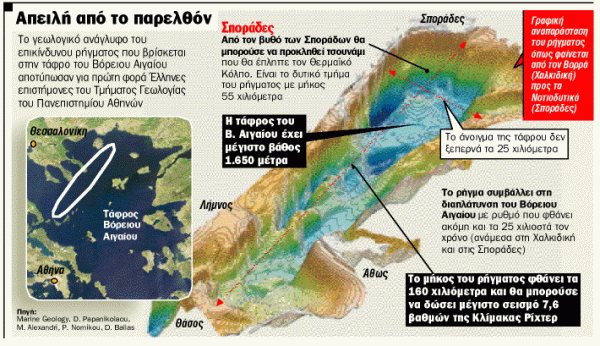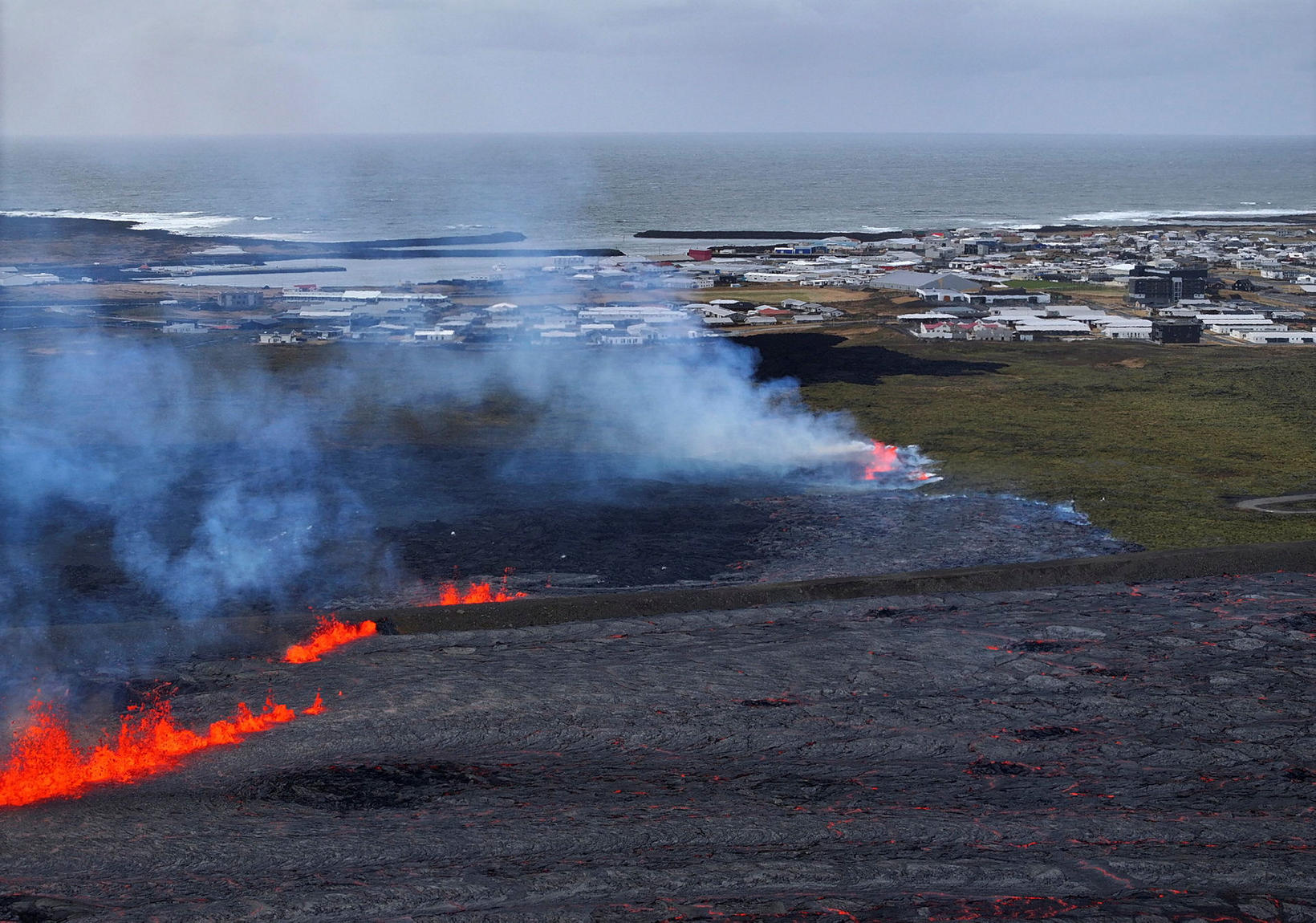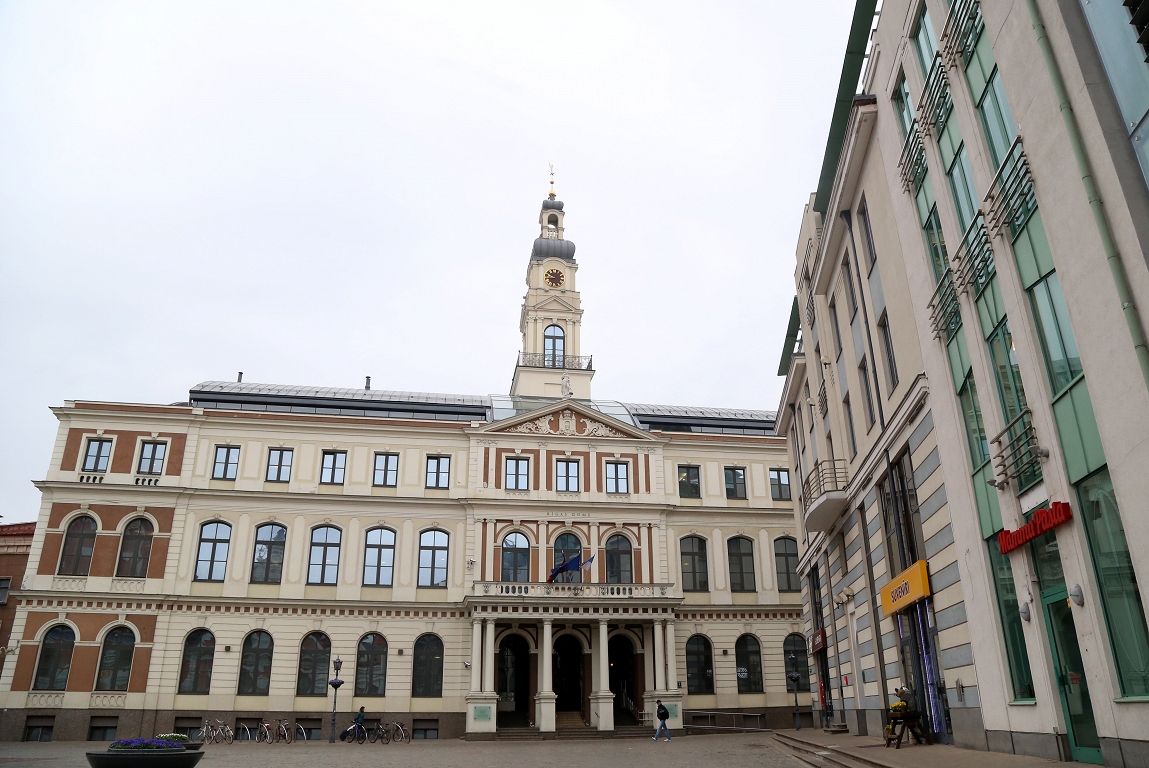Greek archaeologist finds illegal vase at renowned London art dealership
/s3/static.nrc.nl/images/gn4/stripped/data130950292-7cc57a.jpg)
The counter is now at 1,737. Over the past nineteen years, Greek forensic archaeologist Christos Tsirogiannis has regularly discovered illegally excavated antiquities at prominent art dealers, auction houses and museums. Last Sunday reported The Observer That Tsirogiannis, who this year still helped the Allard Pierson in the detective work for the origin of antiquities in the Amsterdam university collection, has once again discovered an object from ancient times that has a strong smell of illegality. This time the London Kallos Gallery was De Klos.
In the catalog of the gallery, founded by Baron Lorne Thyssen-Bornemisza, who proud to subsidize institutional excavations, Tsirogiannis saw a suspicious Greek vase. Amphora made around 550 BC with images of a sphinx, a lion and a ram had an origin and collective history that did not go further than 1986. The vase was traded by Münzen und Medaintes AG. Insiders such as Tsirogiannis know that something can be wrong then because the Herbert Cahn, who died in 2002, the owner of the Antique Coins Trade, was suspended in life in Italy for healing illegally excavated antiquities. Tsirogiannis identified the vase on one of the polaroid photos that were taken at Giacomo Medici, a convicted art dealer. The vase has not yet been restored on the polaroid: different paintings are faded and the head of the ram is a black spot.
Kallos Gallery has since taken the vase on the market, reported The Observer. Madeleine Perridge, the director of the gallery, responded diplomatically in the same newspaper on Tsirogiannis ‘discovery:’ We do everything we can to meet our Due Dilligence And publish all publication and collection histories that are known to us. (…) It is not in our interest to trade infected artworks. «
Nevertheless, at the same gallery, a different Greek vase was recently seized before the opening of the TEFAF in Maastricht at the request of the Italian art police. This vase was found in the archive of another convicted Italian art dealer. The vase was immediately given to the Italian ambassador, who came to visit. Nothing is officially announced, but three people with knowledge, who, however, want to remain anonymous, confirm it.
Among other things, the many things discovered by Tsirogiannis make the question rise or ‘caught’ auction houses, art dealers and museums cannot get away too easily by saying that they knew nothing and have done everything to find out gatherings. Researchers such as Tsirogiannis and also art policies therefore argue for ratification of the Nicosia Convention of 2017. That treaty puts the illegal acquisition, the illegal market and the falsification of origin documents punishable. In the corridors you can hear that the Ministry of Education, Culture and Science does not want to do that for the time being.

:format(webp)/s3/static.nrc.nl/wp-content/uploads/2024/09/04085506/data120975205-8f5e99.jpg)
/s3/static.nrc.nl/images/gn4/data133355903-5bc084.jpg)
:format(webp)/s3/static.nrc.nl/wp-content/uploads/2025/05/29185945/web-2905BUI_Blatten.jpg)



